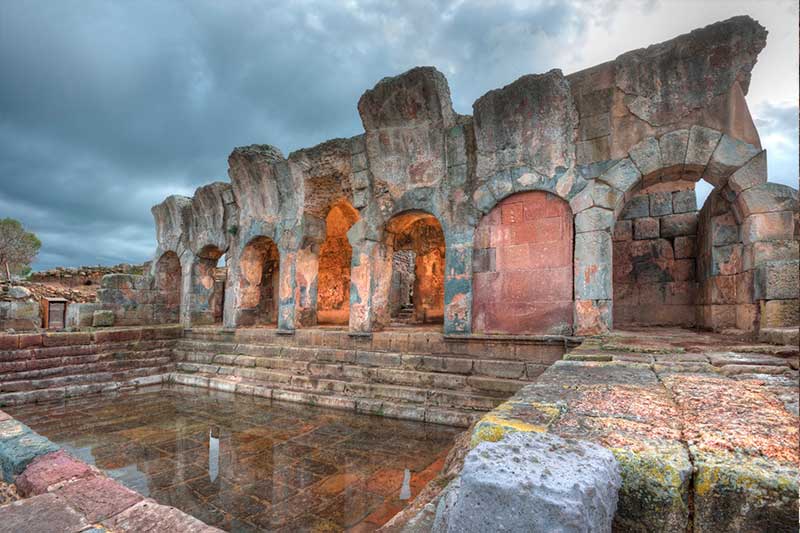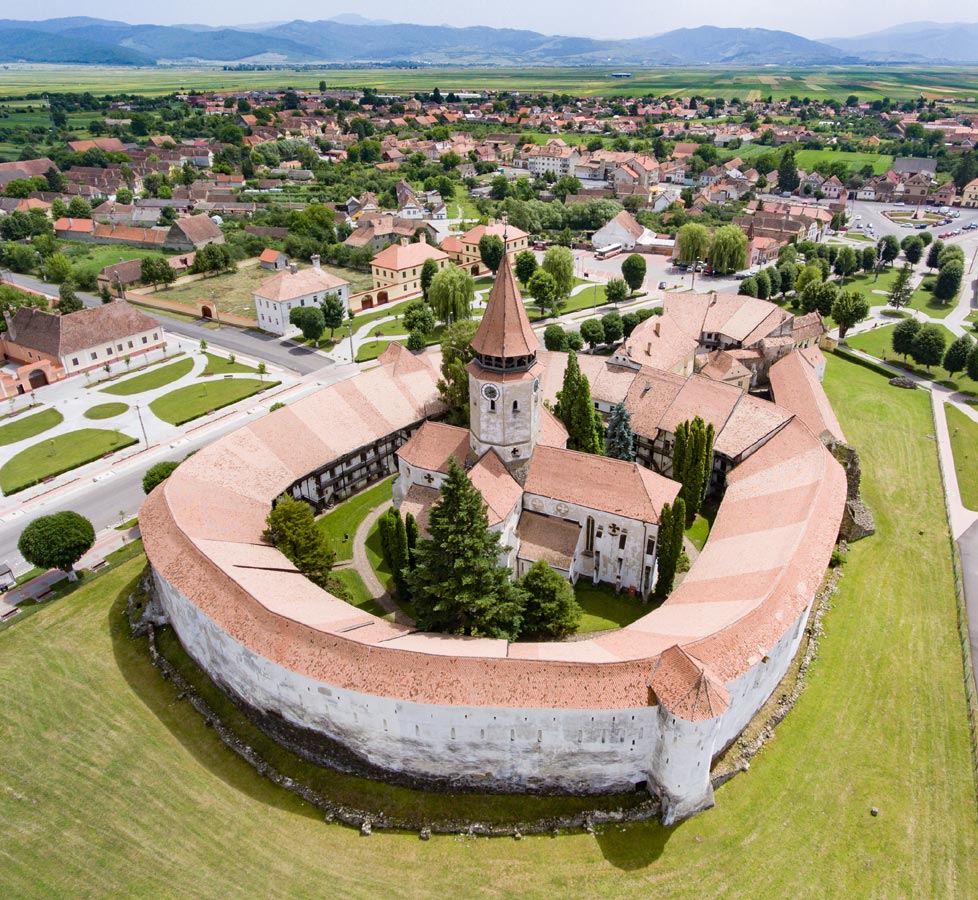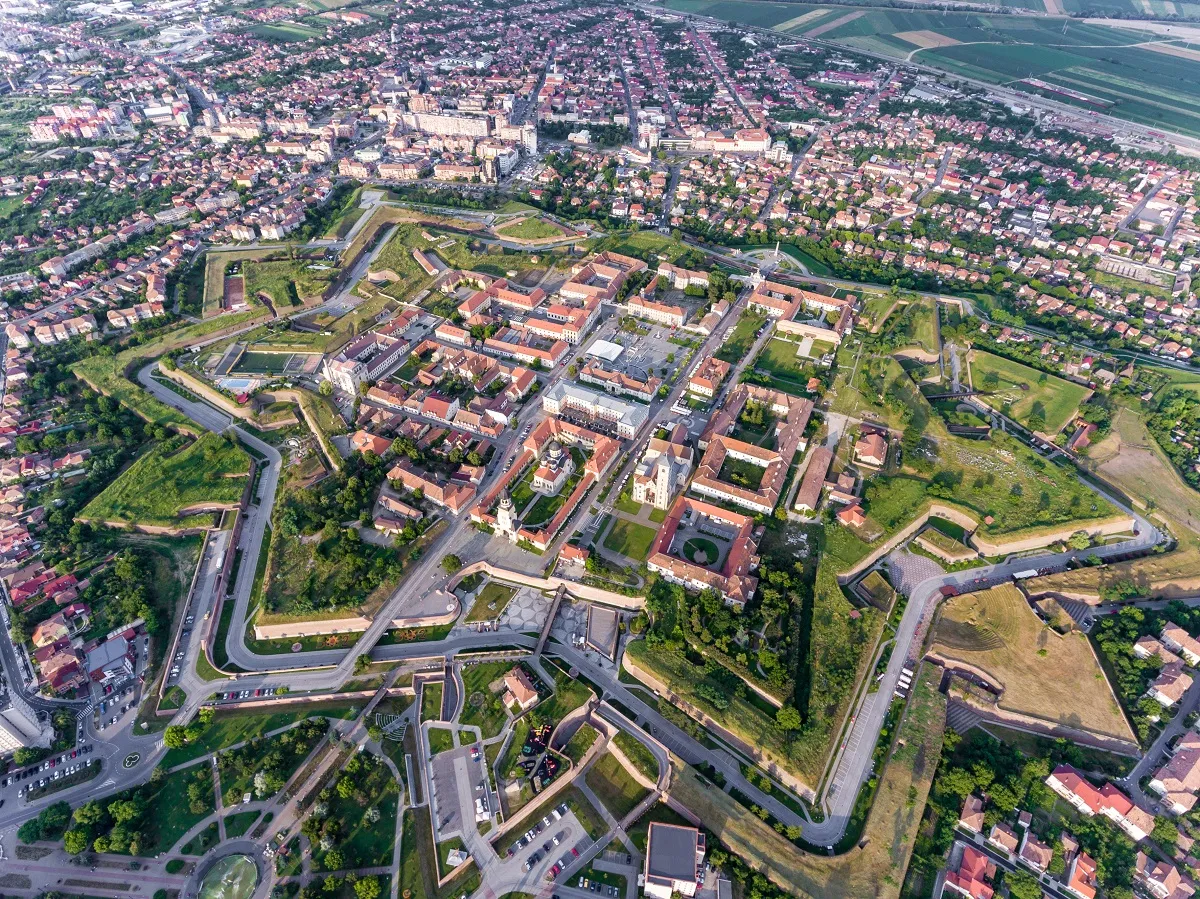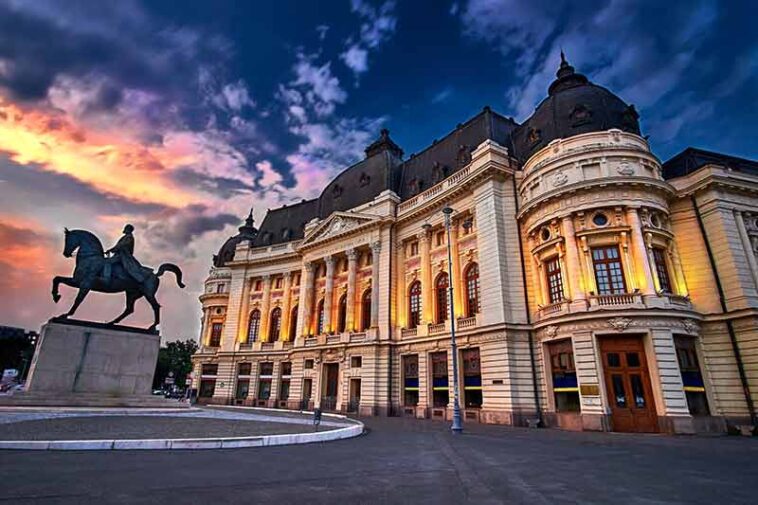Romania is a land woven with historical threads, offering a rich tapestry of ancient ruins and monuments that stand as sentinels to the past. For history buffs, it’s a paradise waiting to be explored, with each ruin and monument telling its own tale of bygone eras.
This blog post delves deep into the heart of Romania’s historical grandeur, guiding you through some of the most awe-inspiring remnants of its ancient world.
1. Sarmizegetusa Regia – The Ancient Dacian Fortress
In the heart of the Orăștie Mountains, Sarmizegetusa Regia stands as a testament to the Dacian civilization’s ingenuity and spirit. This ancient fortress, once the most significant military, religious, and political center of the Dacians, is a marvel of pre-Roman engineering and architecture. As you walk through its ruins, you’re treading on the paths of ancient warriors and priests. The complex’s advanced design, particularly in stonework and sacred alignments, speaks volumes about a civilization far ahead of its time.
For those seeking a seamless journey into the heart of Dacia, a Romania tour package from USA is an excellent choice, offering an all-inclusive experience that takes you back to the glory of this ancient civilization.
2. The Roman Baths Of Mangalia

On the edge of the Black Sea in Mangalia, the Roman baths stand as a silent yet eloquent reminder of the opulent lifestyle and architectural sophistication of the Roman Empire. These baths, built in the 1st century AD, served not just as a place of cleansing but also as a social hub for the Romans.
As you explore, you’ll encounter the remnants of intricate mosaics and a well-preserved heating system, offering insights into the daily lives and luxuries enjoyed by the Romans in this far-flung outpost of their vast empire.
3. Adamclisi – Tropaeum Traiani
Celebrating victory and valor, the Tropaeum Traiani in Adamclisi is a monumental testament to the power and victory of the Roman Empire. Commissioned by Emperor Trajan, this impressive structure was built to commemorate his conquest over the Dacians. Its elaborate carvings and friezes detail the ferocity and scale of the Roman-Dacian conflicts, providing a visual narrative of ancient warfare and Roman valor.
Standing in the presence of this monument allows visitors to connect with a pivotal moment in history, where the echoes of ancient battles and the glory of Rome’s victories resonate through time.
4. Histria – The Oldest Recorded City
Histria, nestled along the coast, stands as a silent guardian of history, being the oldest recorded city on Romanian territory. Its inception by Greek settlers in the 7th century BC marked the beginning of a rich historical narrative that spanned through Greek, Roman, and Byzantine periods.
The remnants of this once-thriving port city, including its temples, public baths, and residential quarters, weave a story of cultural and economic prosperity over centuries. For the history enthusiast, Histria is not just a site of ruins; it is a place where one can stroll through the annals of time, witnessing the evolution of civilization in this strategic Black Sea location.
5. The Fortified Church Of Prejmer

Transylvania, a region shrouded in mystery and folklore, is also home to the architectural wonder of the Fortified Church of Prejmer. This UNESCO World Heritage site, erected by the Teutonic knights in the 13th century, represents a unique fusion of religious devotion and military strategy.
As the largest fortified church in southeastern Europe, its massive walls and defensive structures narrate a history of constant threats and the resilience of the Saxon communities in medieval Transylvania. Exploring this church is like walking through a medieval fortress, with its well-preserved architecture offering insights into the lives and fears of its erstwhile inhabitants.
6. The Peles Castle – A Neo-Renaissance Marvel
The Peles Castle, a newer yet equally significant historical monument, epitomizes the cultural and historical diversity of Romania. Nestled in the Carpathian Mountains, this stunning example of German New-Renaissance architecture was once the summer retreat of the Romanian royal family.
Today, as a museum, it opens its doors to a world of royal elegance and architectural grandeur. The castle, with its richly decorated interiors and breathtaking surroundings, offers a glimpse into the life of European royalty and the cultural influences that shaped Romania during the late 19th and early 20th centuries. A visit to Peles Castle is more than a historical excursion; it’s an immersion into the opulence and sophistication that defined an era.
7. The Citadel Of Alba Iulia – A Gateway To Romania’s Varied History
Alba Iulia, a fortress city steeped in history, is a must-visit for any history enthusiast exploring Romania. The Citadel of Alba Iulia, known for its star-shaped fortification, is a remarkable example of Vauban military architecture. This citadel has witnessed a plethora of historical events, from Roman times through the medieval era, to playing a pivotal role in modern Romanian history.
Walking through its gates, you’re greeted with a blend of Roman ruins, medieval castles, and baroque buildings, each layer representing a different epoch. The Citadel is not only an architectural marvel but also a symbol of Romania’s rich and diverse heritage, encapsulating the essence of the nation’s historical journey. Visiting Alba Iulia offers a comprehensive historical experience, connecting the dots between various periods and highlighting the evolution of Romanian civilization through the ages.

In Conclusion
Romania offers a mesmerizing journey through the corridors of time for history enthusiasts. From the ancient ruins of Sarmizegetusa Regia to the Roman Baths of Mangalia, from the triumphant Tropaeum Traiani in Adamclisi to the oldest city of Histria, each site is a chapter in the story of human civilization. The fortified churches of Transylvania, like Prejmer, and the regal splendor of Peles Castle, add layers of medieval and modern history to this rich tapestry. The Citadel of Alba Iulia, with its multifaceted historical significance, serves as a fitting finale to this exploration, encapsulating the diverse epochs that have shaped Romania.
Each of these landmarks offers not just a glimpse into the past but also a deeper understanding of the cultural and historical dynamics that have forged Romania into the nation it is today. For those seeking to unravel the mysteries of the past, Romania is a destination that promises an unforgettable journey through the annals of time.




